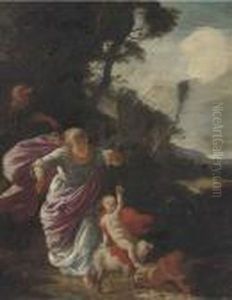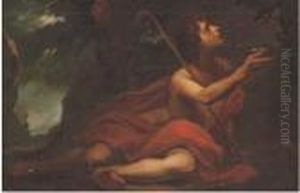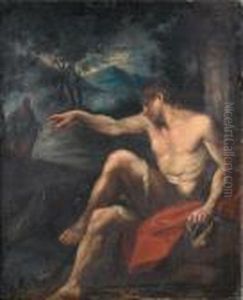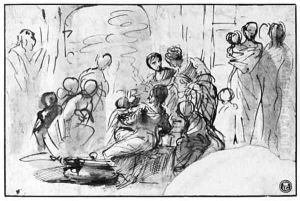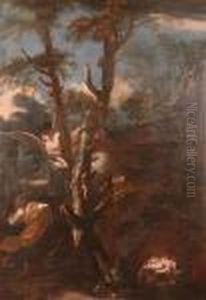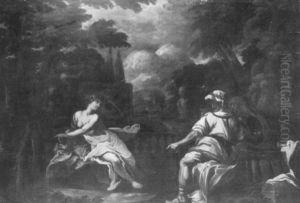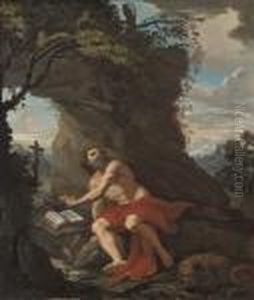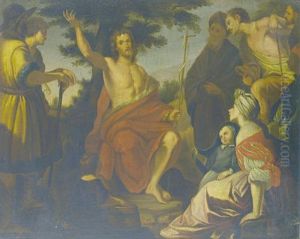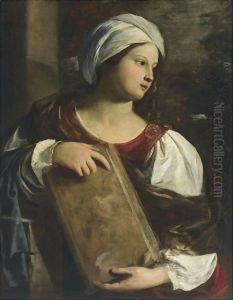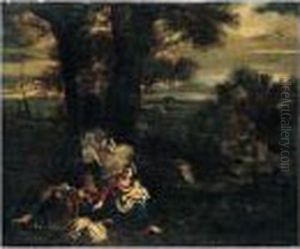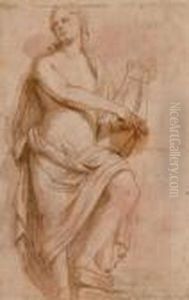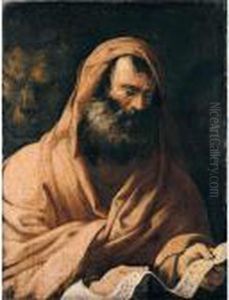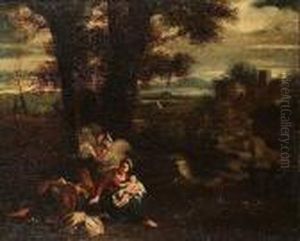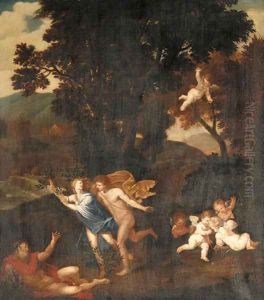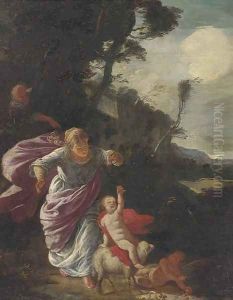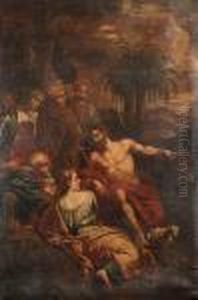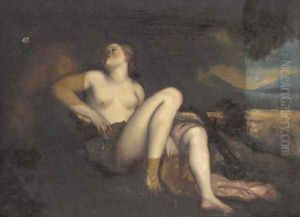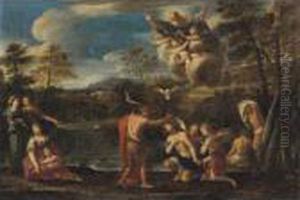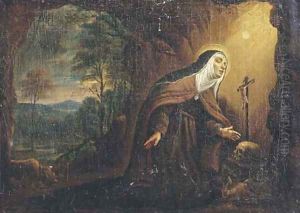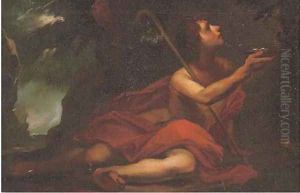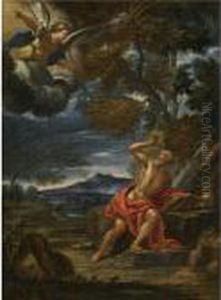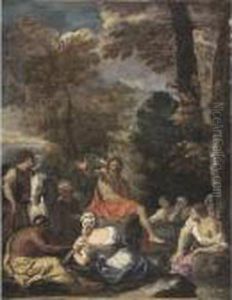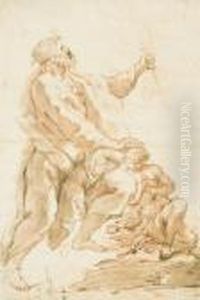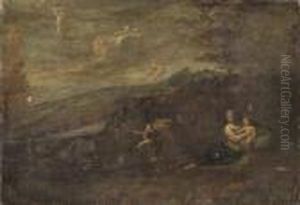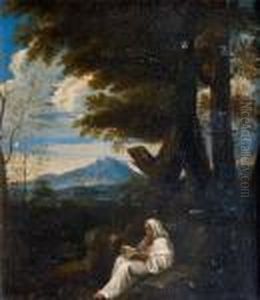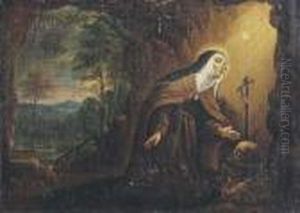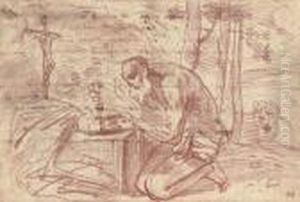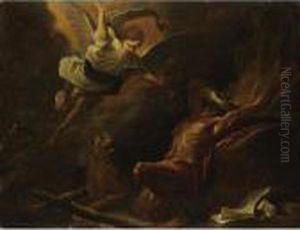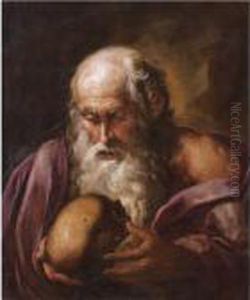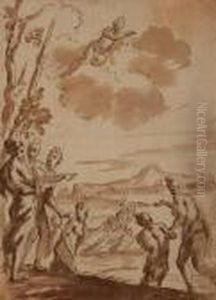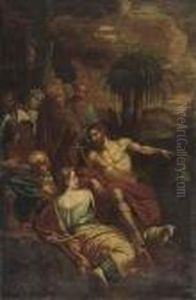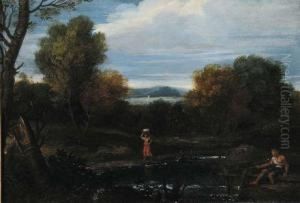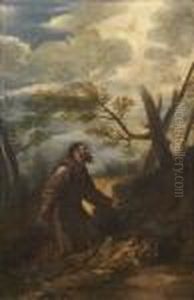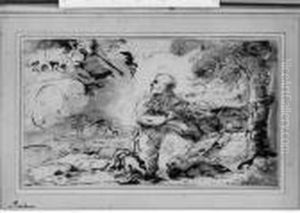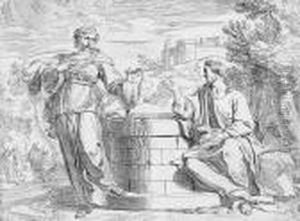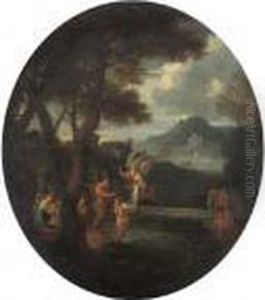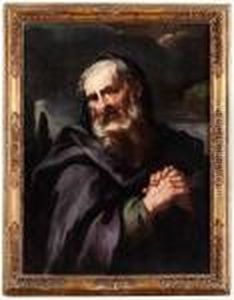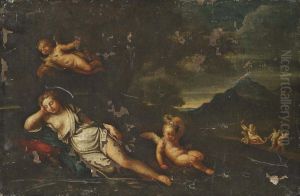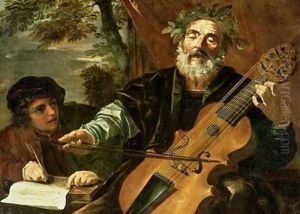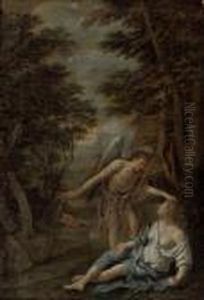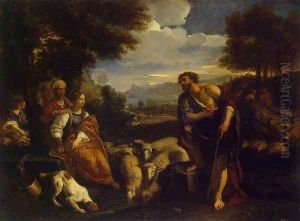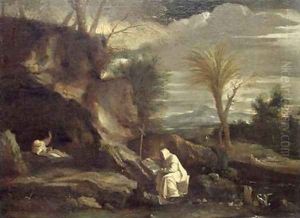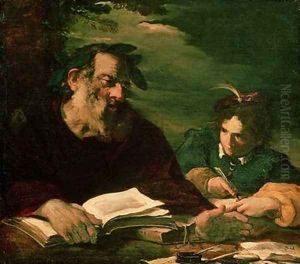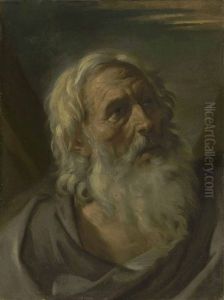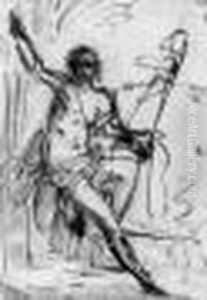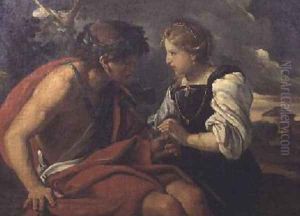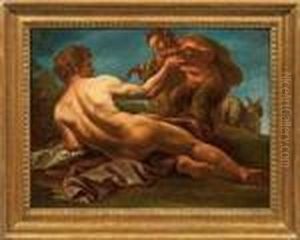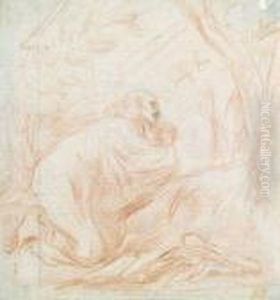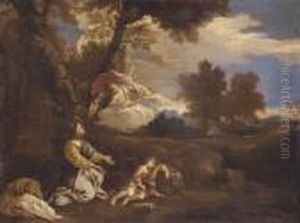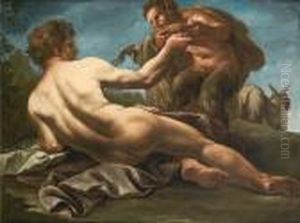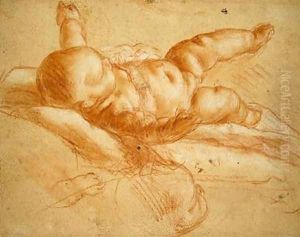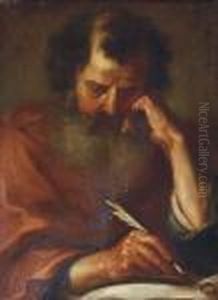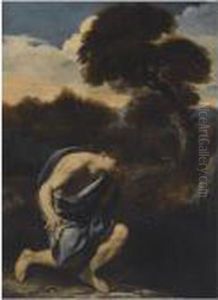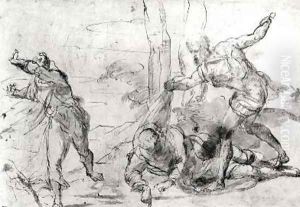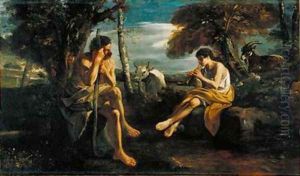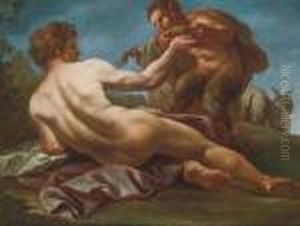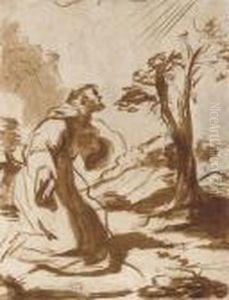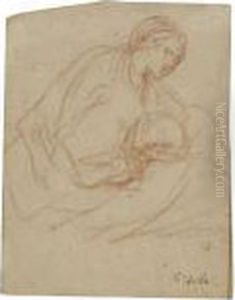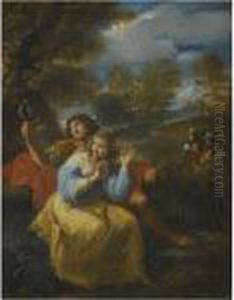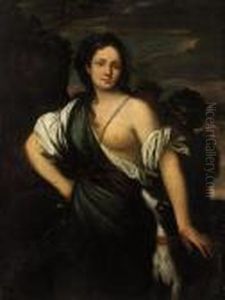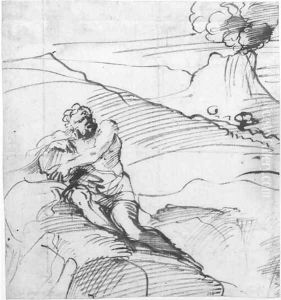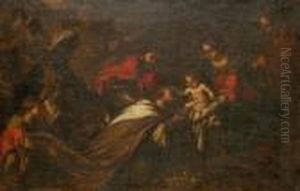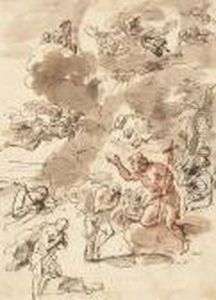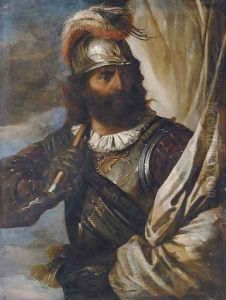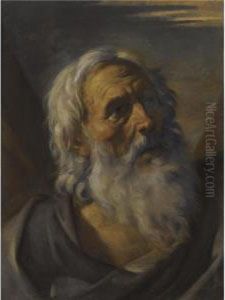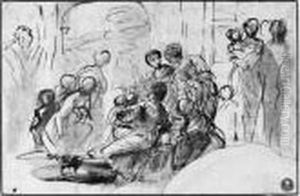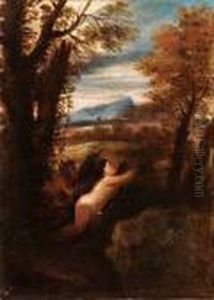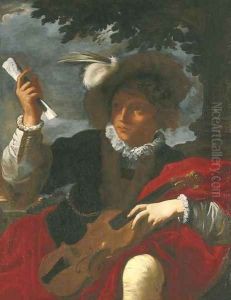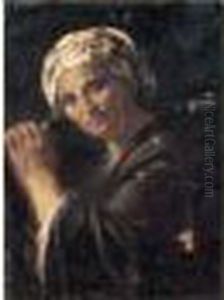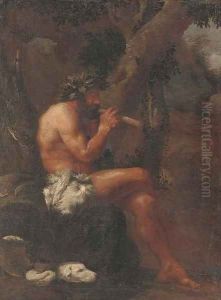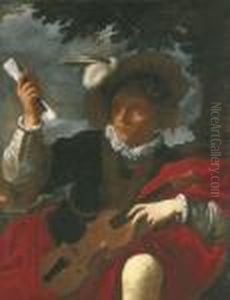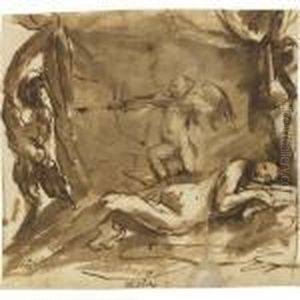Pier Francesco Mola Paintings
Pier Francesco Mola, also known as Il Ticinese, was an Italian painter of the High Baroque era, notable for his vibrant landscapes and religious subjects. Born in Coldrerio, now in Swiss territory but then part of the Duchy of Milan, on 9 February 1612, Mola's artistic journey began under the guidance of his father, Giovanni Battista Mola, who was also an architect and painter. This early exposure to art within his family set the foundation for his future endeavors. Mola's initial training was furthered in Rome, where he moved with his family in his youth. Here, he became a pupil of the Bolognese painter Domenichino, whose classical style greatly influenced Mola's development. Mola's early works are characterized by their detailed landscapes and figures, imbued with a sense of movement and emotion that reflects the influence of his master.
Mola spent a significant part of his career in Rome, where he became associated with the Accademia di San Luca, the prestigious academy of artists. His reputation grew, and he received commissions from prominent figures, including Pope Urban VIII. Mola's art is distinguished by its dynamic compositions, often featuring dramatic light and shade contrasts, which demonstrate his mastery of the Baroque style. His landscapes, in particular, are noted for their atmospheric quality and depth, which were innovative for his time.
In addition to his work in Rome, Mola also spent time in Venice and Bologna, where he was influenced by the Venetian colorists and the Carracci family, respectively. These experiences broadened his stylistic range and enriched his palette, contributing to the distinctive qualities of his later works.
Mola's religious paintings, such as his masterpiece 'The Penitent Magdalene,' reveal his ability to convey deep spiritual themes with emotional intensity. His skill in depicting the human form, combined with his use of light and shadow, creates a profound sense of presence in these works.
Despite his success, Mola's later years were marked by financial difficulties and personal challenges. He returned to Rome in the latter part of his life, where he continued to work until his death on 13 May 1666. Today, Mola is celebrated for his contribution to the Baroque movement, and his works are held in high esteem, featured in major museums and collections worldwide. His legacy reflects a unique blend of Northern Italian and Roman artistic traditions, making him a pivotal figure in the development of 17th-century Italian art.
